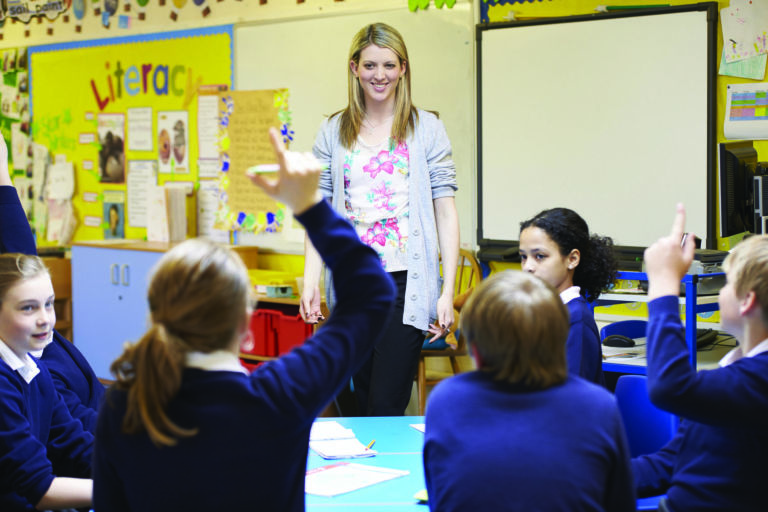Note: Governor McCrory’s budget proposal would reduce $117 million in funding for teacher assistants. What does the research say about the relationship between teacher assistants and student performance? I addressed this issue in a newsletter published on April 19, 2011. Part of that newsletter is reprinted below.
Despite substantial investments in paraprofessionals in North Carolina and beyond, education researchers have not produced an overwhelming amount of high-quality research on the relationship between teacher assistants and student performance. Even so, a handful of rigorous, peer-reviewed studies have been conducted over the last decade suggest that the presence of teacher assistants and other paraprofessionals has done little to increase student achievement.
The following are selections from the abstracts of three notable studies on teacher assistants and student performance:
- Whilst overall, pupils exposed to the whole class systematic phonics approach showed a significant improvement in reading performance, no added value was noted for pupils receiving learning support assistance. On the contrary, the results suggest that learning support may have a detrimental impact on lower ability readers. (Colette Gray, Sarah McCloy, Carol Dunbar, Jill Dunn, Denise Mitchell and James Ferguson, “Added value or a familiar face?: The impact of learning support assistants on young readers,” Journal of Early Childhood Research 5, 2007, 285; emphasis added)
- “Having matched the 180 pupils in the project schools who had received support from an NSA (Numeracy Support Assistant) with 180 pupils who had not on a number of variables, including free meal eligibility, prior achievement, special needs, ethnicity and gender, we found that pupils who had received NSA support did not make more progress in mathematics than those who had not.” (Daniel Muijs and David Reynolds, “The effectiveness of the use of learning support assistants in improving the mathematics achievement of low achieving pupils in primary school,” Educational Research 45:3, Winter 2003, 219-230; emphasis added)
- “The analyses reported here extend previous investigations, examining the functions and effects of teacher aides in depth. The results showed that teacher aides have little, if any, positive effect on students’ academic achievement. The only positive effect was an improvement in reading scores for students who attended a class with a teacher aide for 2 or 3 years. These results were the only exceptions to a plethora of negative findings. The study also showed that the types of duties aides performed had no bearing on student achievement.” (Susan B. Gerber, Jeremy D. Finn, Charles M. Achilles, and Jayne Boyd-Zaharias, “Teacher Aides and Students’ Academic Achievement,” Educational Evaluation and Policy Analysis 23:2, Summer 2001, 123-143; emphasis added)
The third study is particularly important. Gerber et al. analyzed data from Project STAR, the famous Tennessee class size reduction initiative. The sample included nearly 22,000 students from kindergarten through third grade. As part of their analysis, researchers incorporated related findings on small class sizes from Project STAR, which allowed them to determine whether class size or teacher assistant had a greater effect on student performance. Researchers concluded that, “a full-time teacher aide in the classroom is not a reasonable alternative to a class with fewer students” (p. 134). Thus legislators who use Project STAR findings to justify reducing class sizes should also support fewer teacher assistants.


